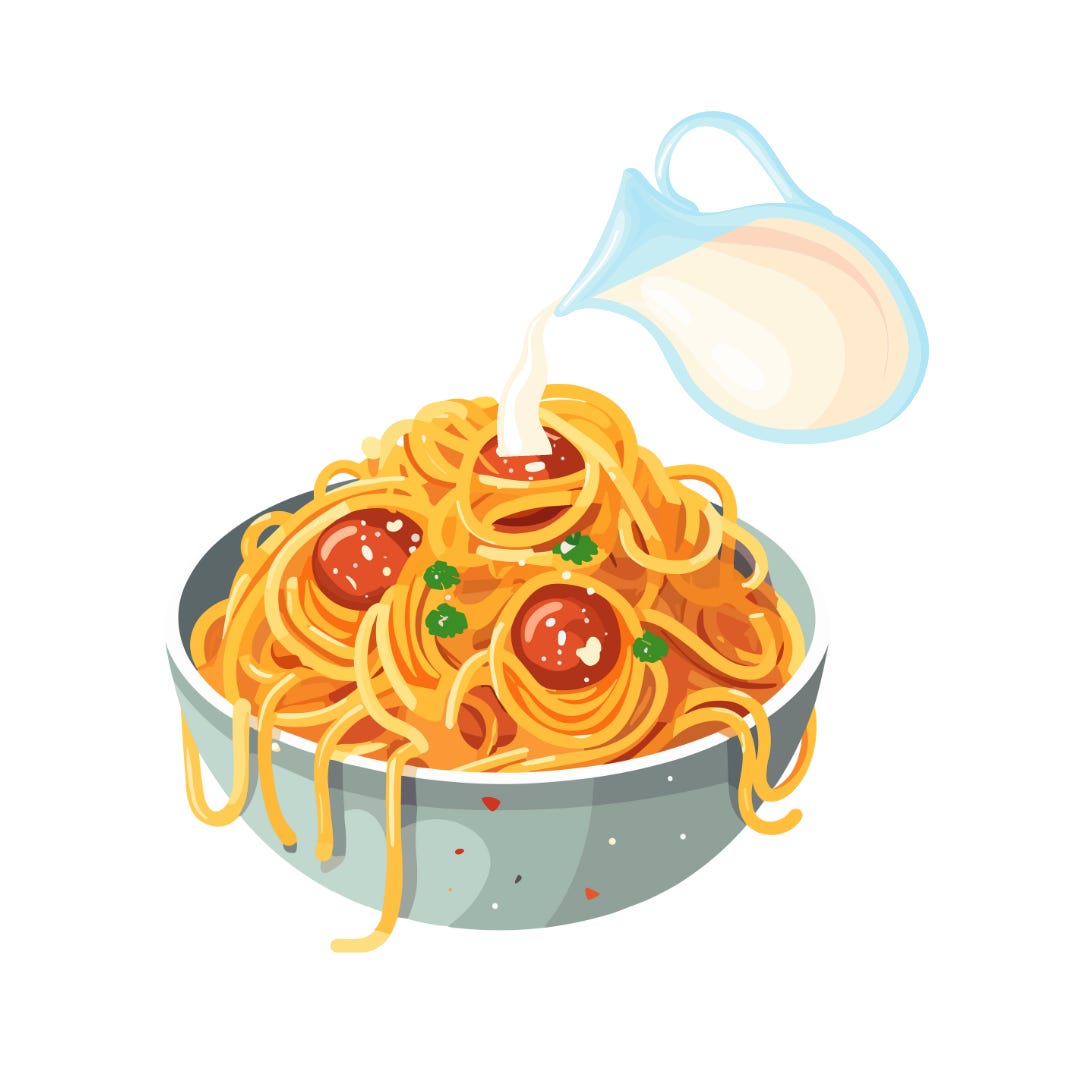Enjoy this week’s curated list of articles, podcasts, and more from the web to help you live a healthier, happier life.
Published This Week:
“5 Movements To Make Your Knees Feel 20 Years Younger”
Takeaway: The article outlines five exercises to improve knee strength and health, particularly beneficial for addressing knee pain and stiffness. These exercises include Heel Slides, Heel-Elevated Bodyweight Squats, Step Downs, Resistance Band Leg Extensions, and Dorsiflexion Mobility Stretch. Regularly performing these exercises can lead to less knee stiffness, reduced pain, and improved knee health, making you feel younger and more active.
Takeaway: “Probiotic foods may be worth including in your diet. They’re associated with a host of beneficial health outcomes, such as a lowered risk of cardiovascular disease. And just a reminder: The only food that’s classified as probiotic right now is fermented dairy. This includes fermented yogurts and kefir.”
Just For Fun:
“Why Don’t Cars Have Hood Ornaments Anymore?”
Takeaway: Because, science.
Reader Question:
How do I manage my hunger while still seeing the scale go down? I try hard to stick to my diet, but it can be so hard when my stomach is rumbling all the time.
Hunger isn’t a pleasant feeling. It can be distracting, uncomfortable, and lead us to making poor food decisions. And it’s completely normal to act this way out of hunger. It is one of our main biological needs, after all.
Here’s one thing to consider: There is a difference between food volume and calorie content.
These two things are connected (more food = more calories), but are not always proportional. Let me explain.
You have a bowl of pasta. We’ll say this bowl of pasta contains 300 calories.
If we double the amount of pasta, we have a bigger bowl of pasta that is 600 calories. This makes total sense. More food, more calories.
Now, say we add a cream-based sauce to the pasta, something with a lot of fat. The result is the same 300 calorie bowl of pasta, but now it’s 600 calories. (Because of the sauce.)
Same “amount” of food, twice the calories.
Once we understand that eating very calorie-dense food results in being able to eat less of it while staying within our calorie goals, then we start to realize we can choose foods that are less calorically dense. Fruits, vegetables, lean proteins, etc.
The stuff that allows us to eat more food for less calories.
Once we start opting for these low-calorie choices, we can eat more, be less hungry, and see better results.
P.S. Grab the full “Knee Fountain of Youth” workout here. Seriously, you’ll thank me for it.







